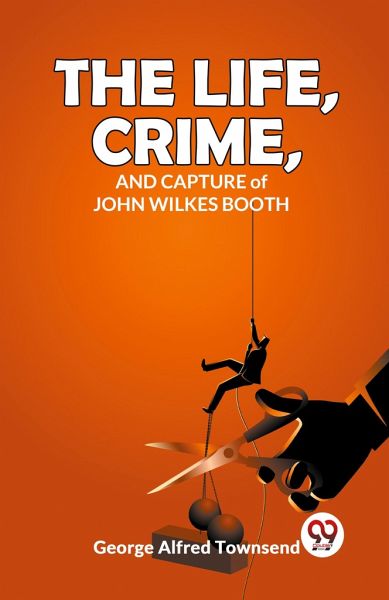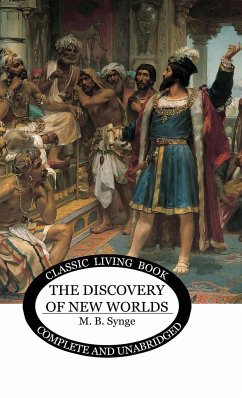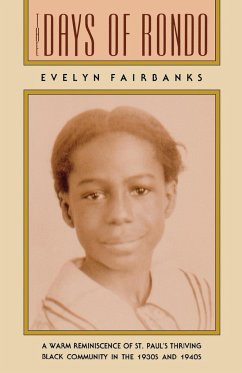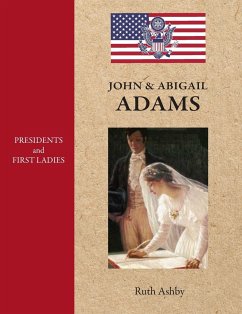
The Life, Crime, And Capture of John Wilkes Booth
Versandkostenfrei!
Versandfertig in 1-2 Wochen
20,99 €
inkl. MwSt.
Weitere Ausgaben:

PAYBACK Punkte
0 °P sammeln!
"The Life, Crime, and Capture of John Wilkes Booth" is a compelling historical account written by George Alfred Townsend. In this gripping narrative, Townsend delves into the intriguing life and fateful actions of one of America's most notorious figures, John Wilkes Booth. Through meticulous research and vivid storytelling, Townsend unveils the complex motivations, personal struggles, and ideological beliefs that shaped Booth's path towards the tragic assassination of President Abraham Lincoln. From Booth's upbringing in a prominent acting family to his radicalization and ultimate act of viole...
"The Life, Crime, and Capture of John Wilkes Booth" is a compelling historical account written by George Alfred Townsend. In this gripping narrative, Townsend delves into the intriguing life and fateful actions of one of America's most notorious figures, John Wilkes Booth. Through meticulous research and vivid storytelling, Townsend unveils the complex motivations, personal struggles, and ideological beliefs that shaped Booth's path towards the tragic assassination of President Abraham Lincoln. From Booth's upbringing in a prominent acting family to his radicalization and ultimate act of violence, the book explores the events leading up to the fateful night at Ford's Theatre and the subsequent manhunt for Booth's capture. With an eye for detail and a deep understanding of the historical context, Townsend paints a comprehensive portrait of Booth, shedding light on the societal, political, and personal factors that culminated in this infamous crime. "The Life, Crime, and Capture of John Wilkes Booth" offers readers a gripping and thought-provoking exploration of one of the darkest chapters in American history.













